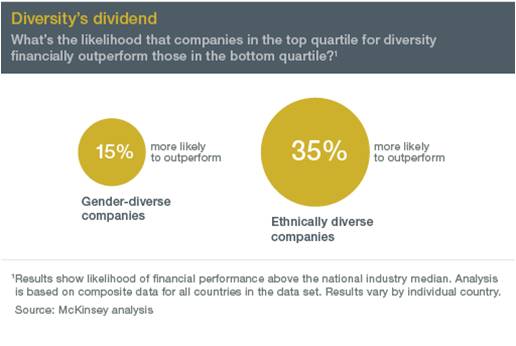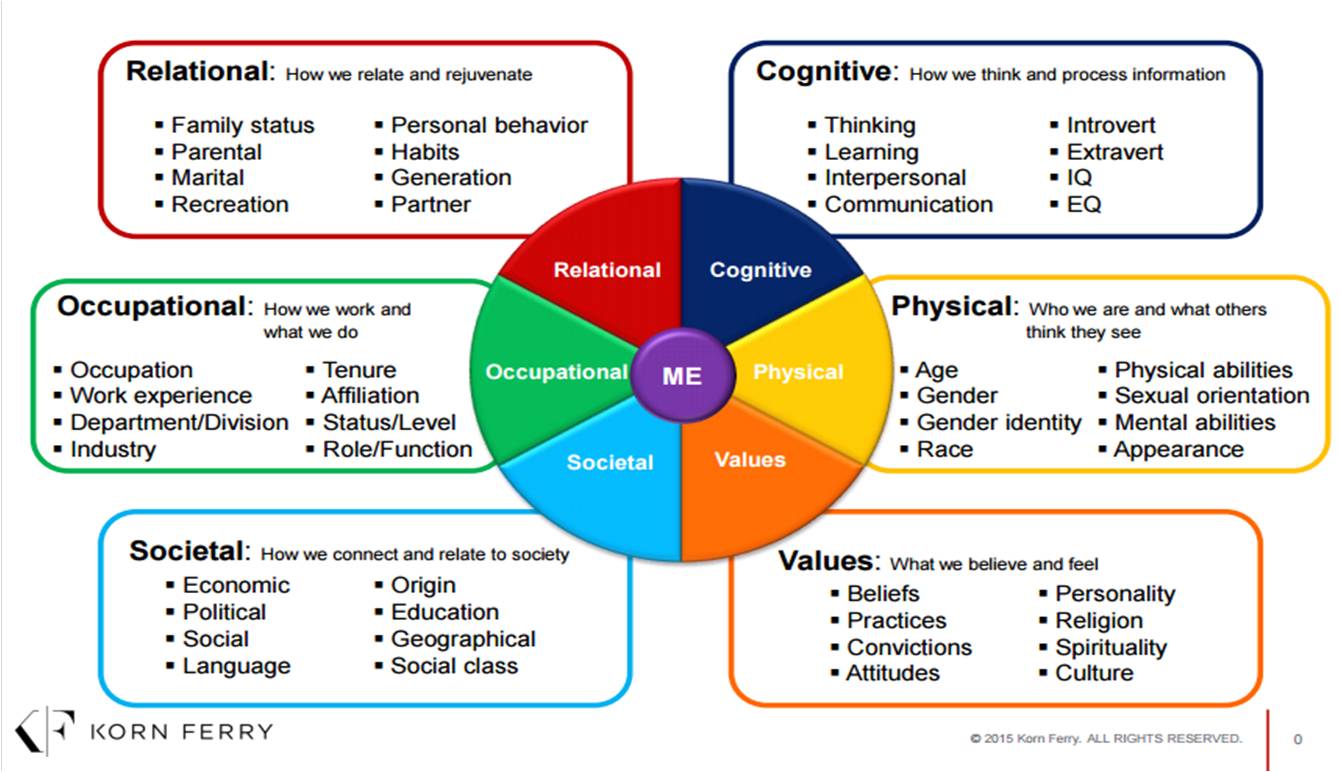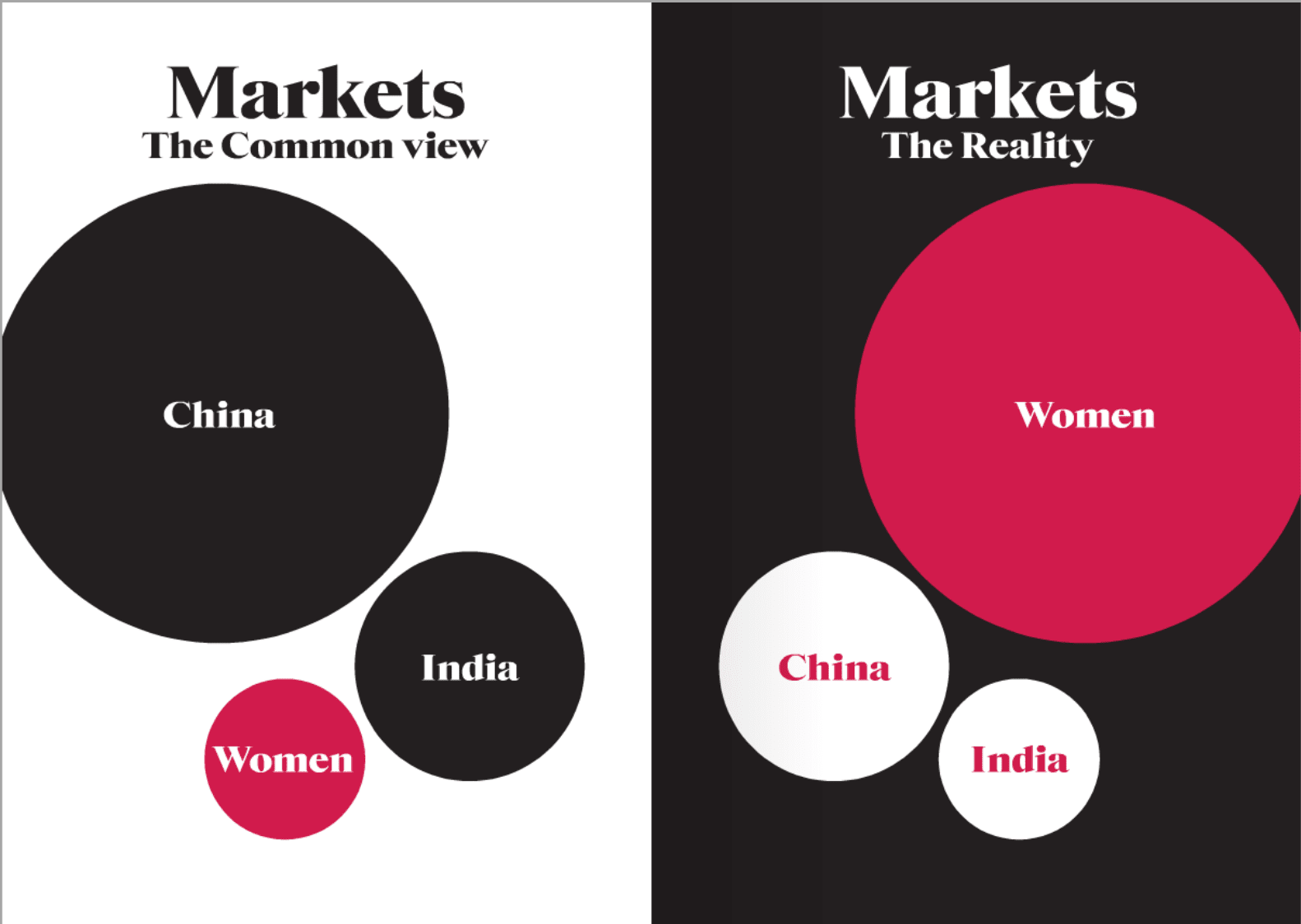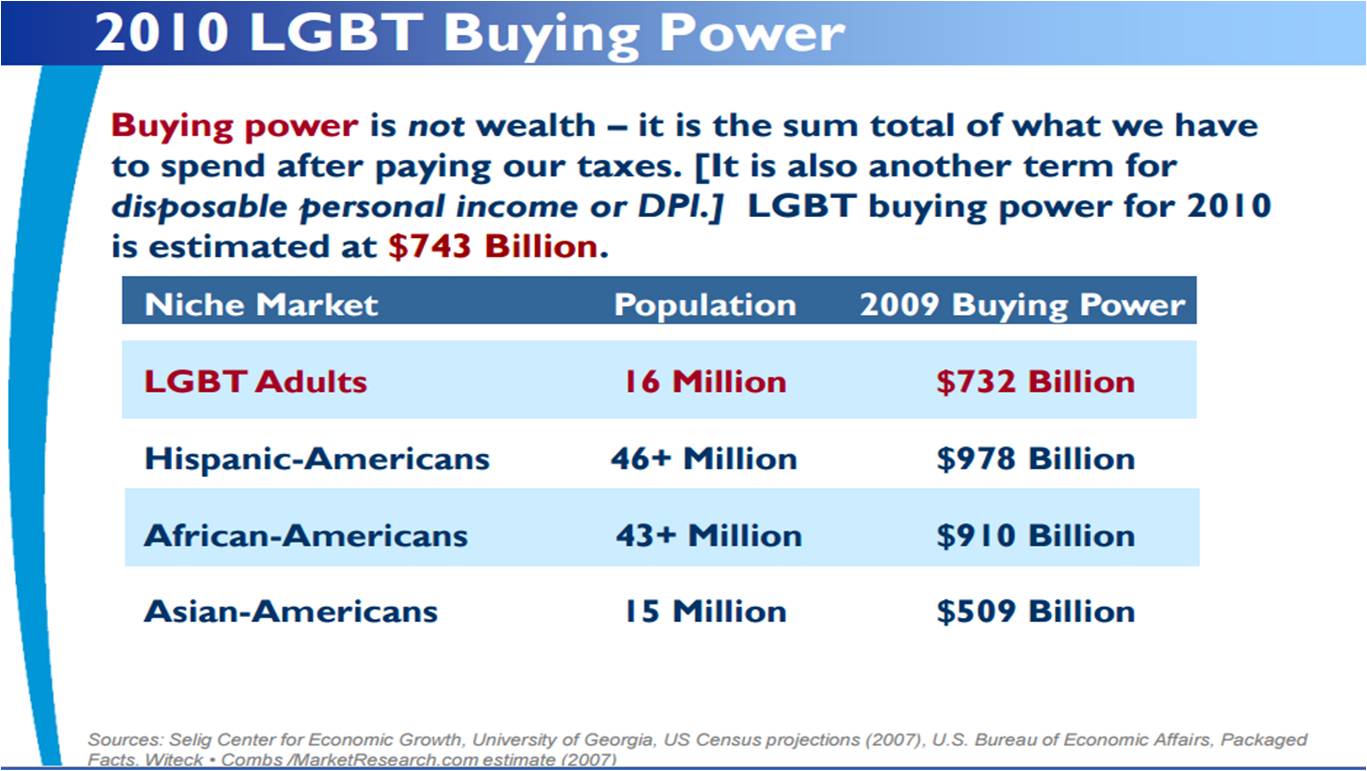Diversity & Inclusion

Understand the Importance & Relevance
Building your awareness and understanding of:
-
The importance of equality, diversity, and inclusion in the workplace
-
The unconscious bias that gets in our way of creating environments that promote equality
-
What you can do right now to champion workplace equality
-
How you can be an equality ally in the workplace
It’s probably no surprise to you that business leaders around the world are recognizing that having a more diverse work environment that promotes equality is a means of driving continued growth. Research published by McKinsey and Company in 2015 clearly highlights the dividends of diversity. Companies that are more gender diverse are 15% more likely to outperform others; those which are ethnically diverse are 35% more likely to outperform others. Those are pretty significant returns!

Exhibit from “Why diversity matters”, January 2015, McKinsey & Company, www.mckinsey.com/insights. Copyright (c) 2015 McKinsey & Company. All rights reserved. Reprinted by permission.
What often gets missed in the conversation, however, is the twin component of diversity—inclusion. Having diversity without inclusion lacks purpose and impact. It is like having the pieces of a beautiful puzzle without the glue to hold it together.
Before we go further on the value of diversity and inclusion, it’s probably a good idea that we define what we mean when we use these terms.
Definitions
If you search for a definition of diversity, it will often indicate that diversity is primarily about race and gender. This narrow definition is too exclusive—we are so much more than that. We live in a global world, in which many dimensions of diversity are represented. By narrowing the definition of diversity, it doesn’t accomplish long-term cultural change toward utilizing the best talents of everyone.
For our purposes, then, let’s use definitions of diversity—and of inclusion—that are more broad and all-encompassing for the global world in which we live.
Diversity
The full range of differences (and similarities) that make each individual unique, some of which are visible and some of which are invisible. This graphic from Korn Ferry shows the many ways we, as humans, can be similar to and different from one another.

So what about inclusion?
Inclusion
Inclusion in the workplace is recognizing, valuing and fully leveraging the diversity of others to create a positive work atmosphere that promotes equality and delivers results. It is the very act of celebrating and utilizing people’s differences to the benefit of the organization, not merely tolerating them.
In the work environment, we all want to be treated fairly and respectfully, have equal access to opportunities and resources, and contribute fully to the organization’s success. We also want to feel included, which comes when employees (at any level) take conscious action to hire, work with, coach, guide, develop, relate, promote and retain employees who represent the wide variety of diversity shown in the image above.
For example, when employees of diverse sexual orientations and gender identities march together in local gay pride parades and change their Facebook profile photos to a rainbow, it’s a visible act that shows solidarity and support, which contributes to a feeling of being included.
Reflection Exercise
When you look at the diversity in your team, what do you see? How diverse is the team along some of the invisible and visible dimensions of diversity shown in the graphic above? Where do you have the opportunity to increase the diversity of your team? Download this handy grid to see how much more you might learn about your team.
The Business Value of Diversity in Organizations
It isn’t hard to imagine that teams of mixed gender, ethnicity/culture, sexual orientation, age, physical abilities, and work-styles would be more representative of the customers that companies serve. They offer a variety of viewpoints, they have a wider range of experiences and they produce more innovation. From an economic standpoint, and in an increasingly competitive economy, where talent is crucial to improving a company’s bottom line, it makes good business sense to pool from the largest and most diverse set of candidates.
But what does the data show?
According to The Center for American Progress, a diverse workforce is integral to a strong economy. Among their top 10 economic facts about diversity in the workplace:
-
A diverse workplace can capture a greater share of the consumer market.
-
Recruiting from a diverse pool of candidates means a more qualified workforce.
-
A diverse and inclusive workforce helps businesses avoid employee turnover costs.
-
Diversity fosters a more creative and innovative workplace.
-
Businesses need to adapt to our changing nation to be competitive in the economic market.
-
Diversity is the key aspect of entrepreneurialism.
-
Diversity in the workplace is necessary to create a competitive economy in a globalized world.
-
Diversity in the boardroom is needed to leverage the company’s full potential.
There are numerous examples where diversity shows increased business success. So for now, let’s narrow our focus and take a look at a few of the most recently talked about studies on diversity related to gender and sexual orientation.
IA Case for Gender Equality
Consulting firms Catalyst and McKinsey each studied the financial performance of major organizations according to the gender diversity at senior levels. Both reported that high returns on equity correlated with greater diversity. In essence, women board directors and women in senior leadership are connected with better financial performance.
That same year, McKinsey found that women were the driving force behind 70% of household purchases in Europe and influence 60% of car purchases in Japan. (For full details, read “Women Matter”.) In fact, as Avivah Wittenberg-Cox of UK’s 20-first consulting agency advises executives, women are in reality a larger market than China.lity

Copyright 2015, 20-first.com. Used with permission of 20-first.com, London, UK
If that isn’t convincing enough, take a look at McKinsey & Company’s September 2015 report, “How advancing women’s equality can add $12 trillion to global growth.” Yep, that is $12 trillion with a “T”! Here is an exhibit from the McKinsey report that shows what would happen, by country, if efforts were focused on helping women achieve their full economic potential. After all, women account for half the world’s working-age population! As a business, this is a critical market to be paying attention to.
Exhibit from “How advancing women’s equality can add $12 trillion to global growth”, September 2015, McKinsey Global Institute,www.mckinsey.com/mgi. Copyright (c) 2015 McKinsey & Company. All rights reserved. Reprinted by permission.
Other Emerging Markets
Women aren’t the only ones making buying decisions. Other emerging markets with large estimated spending power are the LGBT, Hispanic-American, African-American and Asian-American communities. According to research published by US-based Witeck-Combs Communications, each of these communities has large personal buying power—anywhere from $509 billion to $978 billion. See the graph below. However, it turns out that on a per person basis, the disposable personal income of the LGBT community, at $723 billion for a population of 16 million, is larger than Hispanic-Americans and African-Americans populations combined!

Sources: Seig Center for Economic Growth, University of Georgia, US Census projections (2007), U.S. Bureau of Economic Affairs, Packaged Facts Witeck & Combs, MarketResearch.com estimate (2007)
Five years later, in 2014, Witeck Communications report the buying power of the LGBT community in the US rose to $884 bn! Clearly, this is a large amount of potential revenue to be added to a company’s bottom line!


